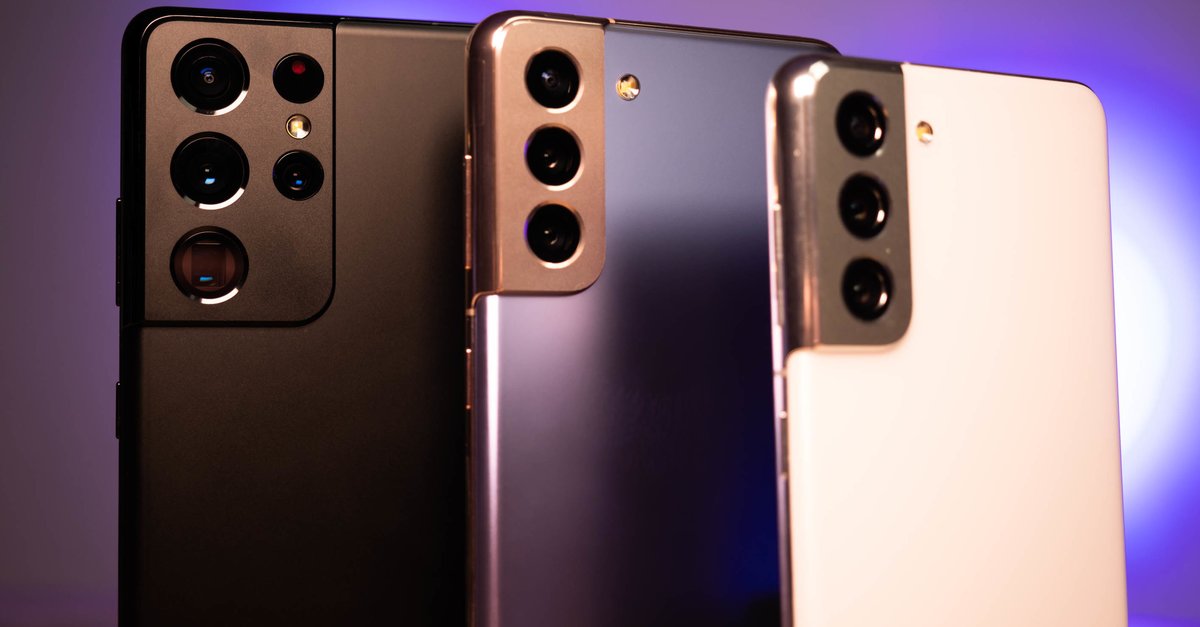where are the updates this year?
Android 11 has been out for months, but there are hardly any smartphones where you can install the update. Some manufacturers are still testing in closed betas, others will not start the rollout until 2021 or even want to say nothing concrete. In the meantime, new smartphones appear mainly with Android 10.
Read on after the ad.
Contents
Installing Android 11 is still almost impossible
Google released the first beta of Android 11 out in June. More test versions followed and the final update was released in September. Traditionally, it was readily available for Pixel smartphones. I found Google’s announcement that the software update would also be available soon for Oppo, OnePlus, Xiaomi and Realme devices.
Ten weeks later, this is the balance. Oppo just released an Android 11 update for the Find X2 and X2 Pro; a nice start. OnePlus says that you can install the update on the OnePlus 8 and 8 Pro. This is not yet possible on my 8 Pro and I hear the same from five other users. But okay, the update is officially available.
And it ends there. Xiaomi is testing Android 11 on the Mi 10 and Mi 10 Pro in closed betas, without indicating when the actual update will be released. That will probably take a while, because according to Android Central the latest beta is ‘half-baked’ and ‘not yet ready for the consumer’. Realme – a sister brand of Oppo and OnePlus – is testing the update on a small scale for only one device. Patience seems like a virtue.
Nokia does not offer betas, but says it will update a handful of devices before the turn of the year. You should be able to install Android 11 on the Nokia 8.3 5G, but the company also has a hand to delay updates. Moreover, a few years ago, Nokia was considerably faster with updating its (more expensive) smartphones.
Samsung is working on betas
Samsung is correcting its update policy. Not long ago, the company had a reputation for updating its smartphones slowly and for a relatively short time. This year, Samsung announced that many devices no longer getting updates for two but three years, and for models like the Galaxy S20 and Note 10 are equally available Android 11 betas.
The final update for the S20 series has yet to be released this year. The Android 11 update for the Galaxy S10- and Note 10 series seems to be delayed due to a bug. Cheaper smartphones will receive an update later anyway, as it became clear earlier.
Many brands keep quiet
Brands like Sony, LG and Motorola have not yet announced any update plans at all. Huawei also keeps the lips together. The manufacturer is heavily burdened by a US trade ban and therefore has great difficulty updating existing and new smartphones. Gets the brand new and very expensive Huawei Mate 40 Pro – which does not carry Google certification – an Android 11 update? A spokesperson answered evasively.
Can Huawei and Honor install Android 11?
Honor, a subsidiary of Huawei until this week, has been sold to a consortium of Chinese companies due to trade sanctions. It is still unclear what this means for the update policy of Honor devices. Honor may regain access to Google’s tools and update its smartphones to Android 11. However, a spokesperson cannot say anything about it.
Personally, I think the United States is more likely to blacklist Honor’s new owners. The consortium is in the hands of the Chinese government and the trade war between the US and China continues.

New devices still with Android 10
What I am completely surprised about is that smartphones with Android 10 are still appearing all the time. Months after the release of Android 11, Motorola, Oppo, Samsung, OnePlus and Xiaomi, among others, are happily launching devices with the Android version of the year before.
And the sad part is: it shouldn’t really surprise me at all, because it’s been like this for years. Every year, Google promises that the latest Android version will come to existing and new devices faster, but practice often shows otherwise. A manufacturer that now wants to release a smartphone with Android 9.0 (Pie) will not receive Google certification because the version is dated. In my opinion, Google may immediately apply this rule to Android 10, so that only devices with Android 11 appear in the shops.
Stop the update games
Not only because as a consumer you can immediately get started with the most recent Android version, but also to put an end to the update games of some manufacturers. Then I am talking about Motorola and OnePlus, among other things.
These brands are still releasing Android 10 smartphones today, including the Moto G 5G, OnePlus Nord N10 5G and Nord N100. These devices will receive one Android update. Indeed: Android 11. And indeed: the version that has been available for months when the devices go on sale. An Android 11 update therefore feels only logical, but the manufacturers do not think it necessary to roll out an Android 12 update in 2021.

Why they don’t? A stripped-down update policy saves time and therefore money, making more money on the devices. I understand that strategy, but I don’t understand it. Brands like Samsung and Nokia (two or three Android updates) handle this much better. In addition, Apple continues to run around the Android competition: all iPhones, including the discounted one iPhone SE 2020, get iOS updates for four to five years.
Making a direct comparison between iPhones and Android smartphones remains difficult, because Apple has much more control over the hardware and software of its devices. The strength of Android is that manufacturers release various smartphones and software disputes, but the slow rollout of Android 11 shows once again that the update policy remains a pain point. If you ask me, it is time for Google to do more work on this.


